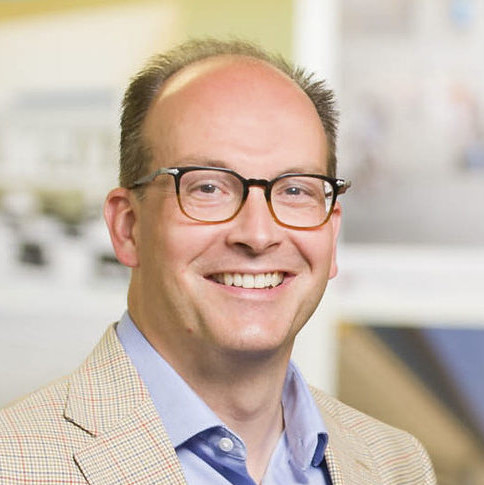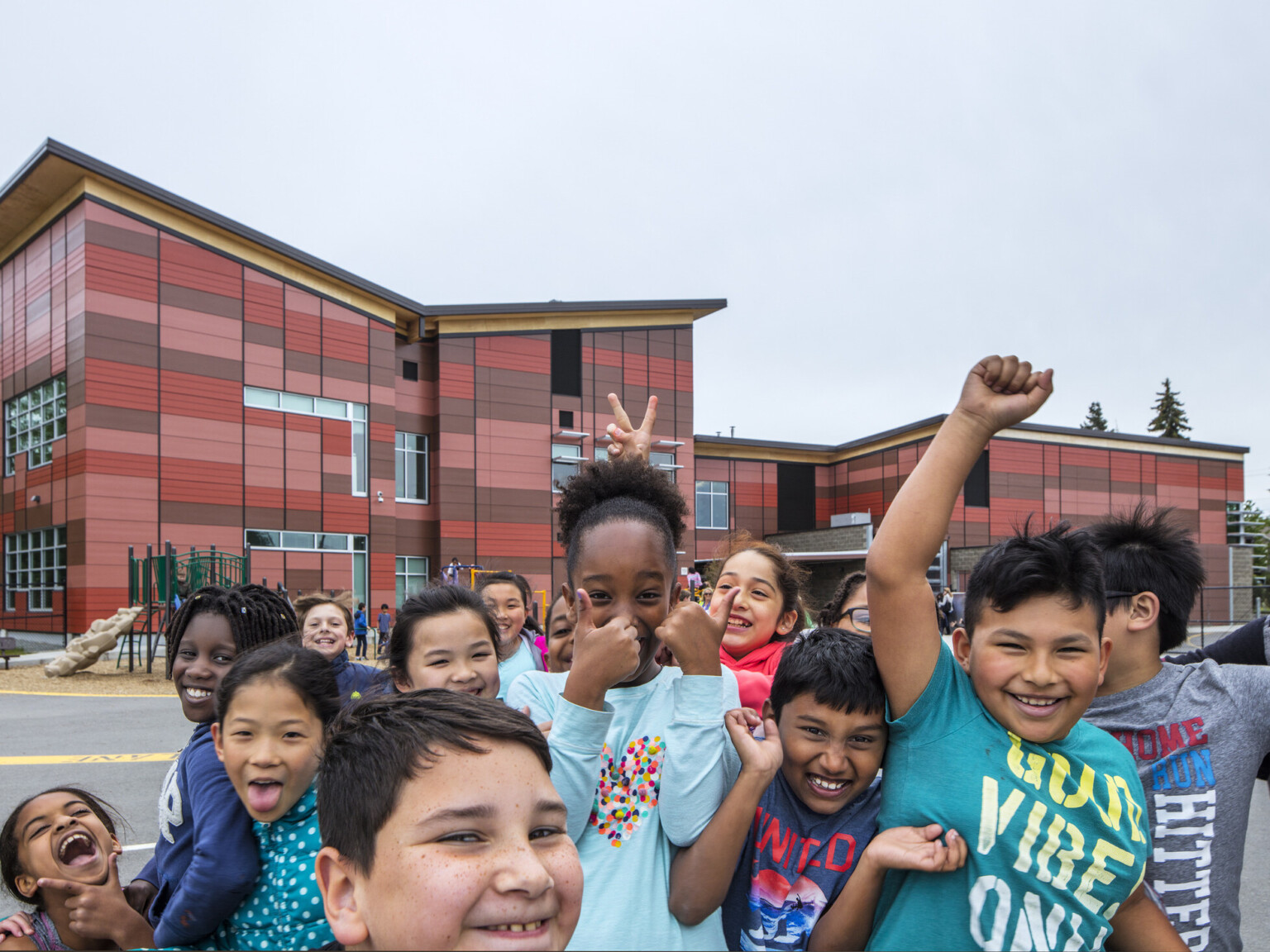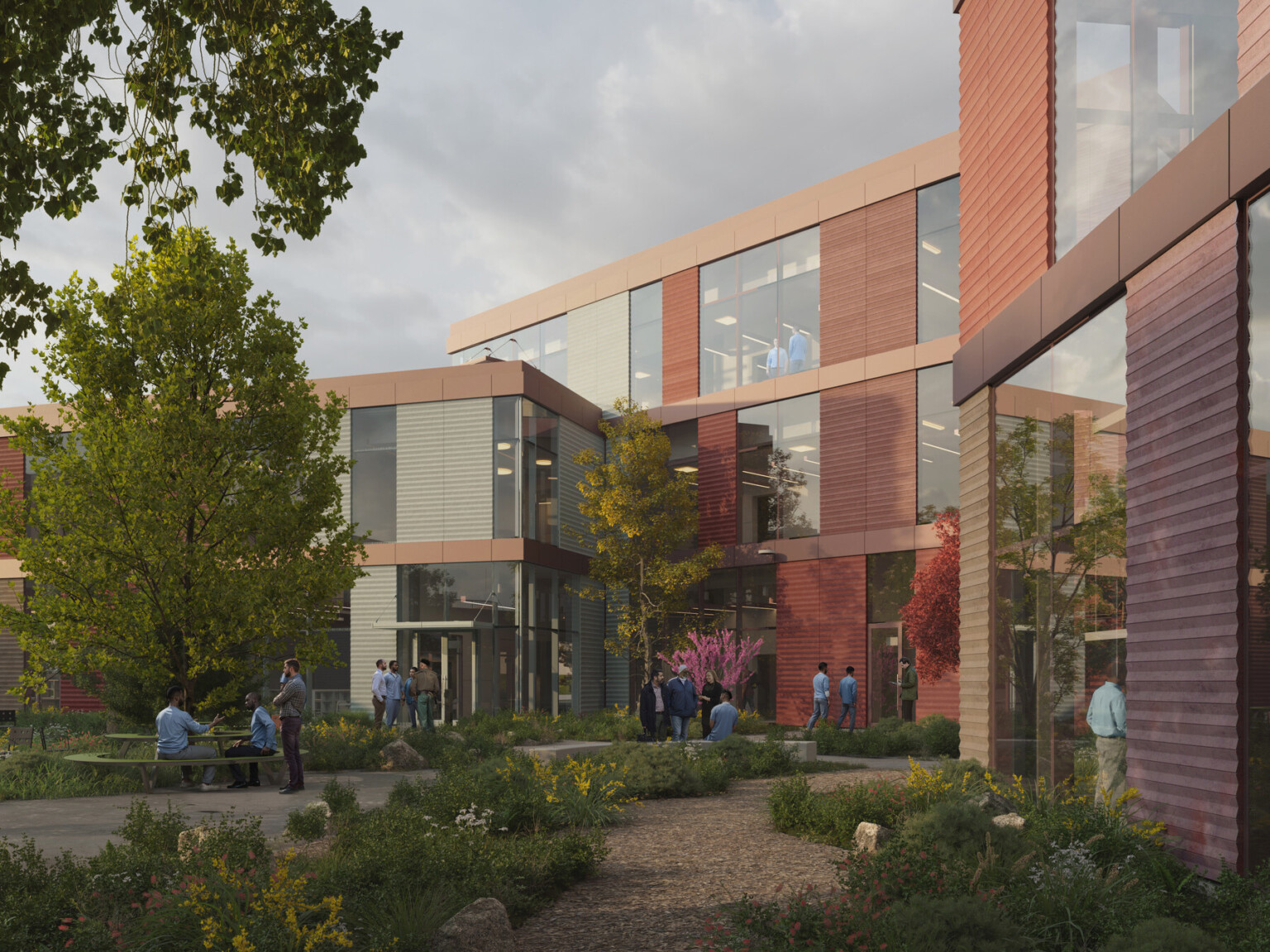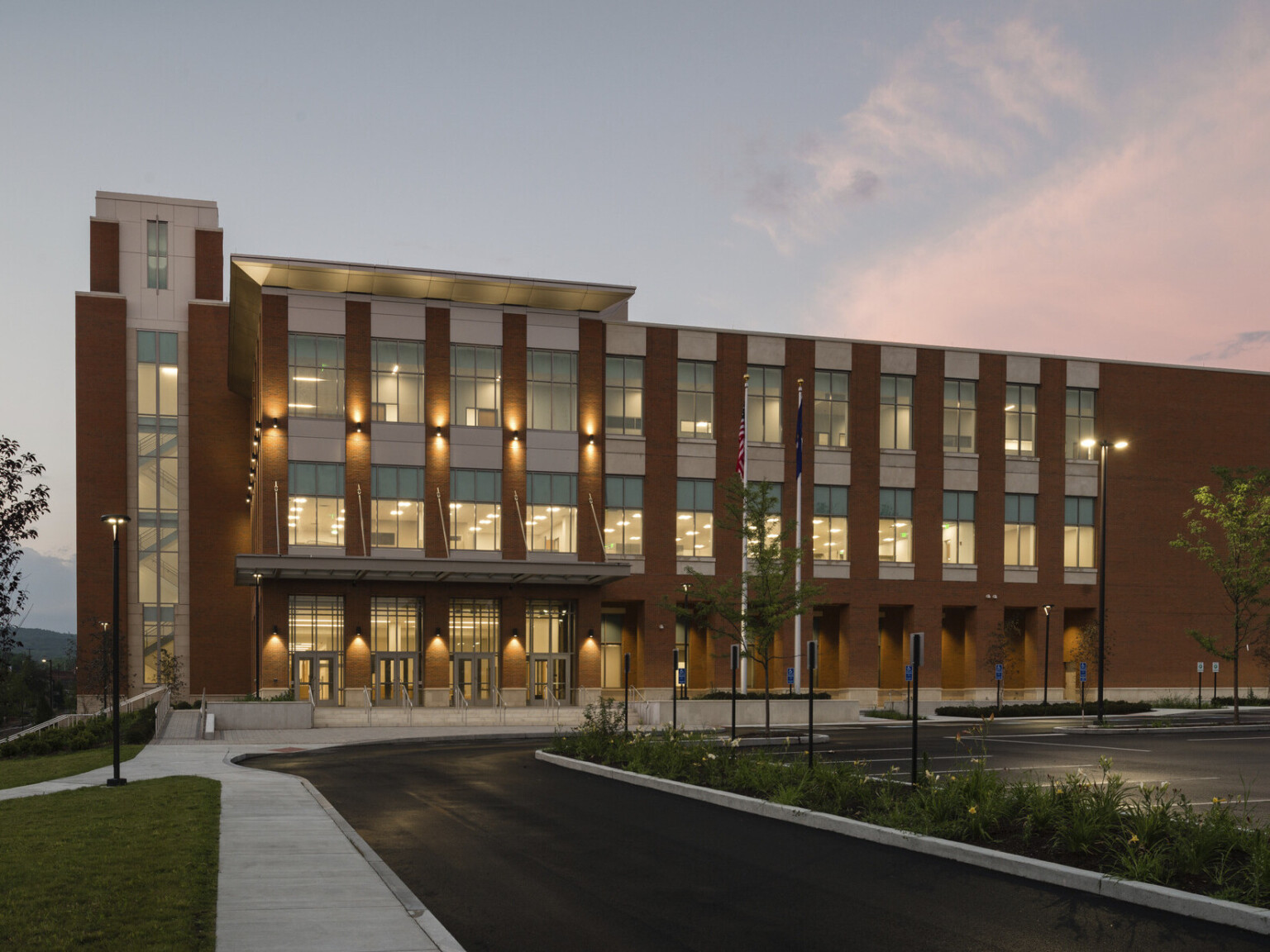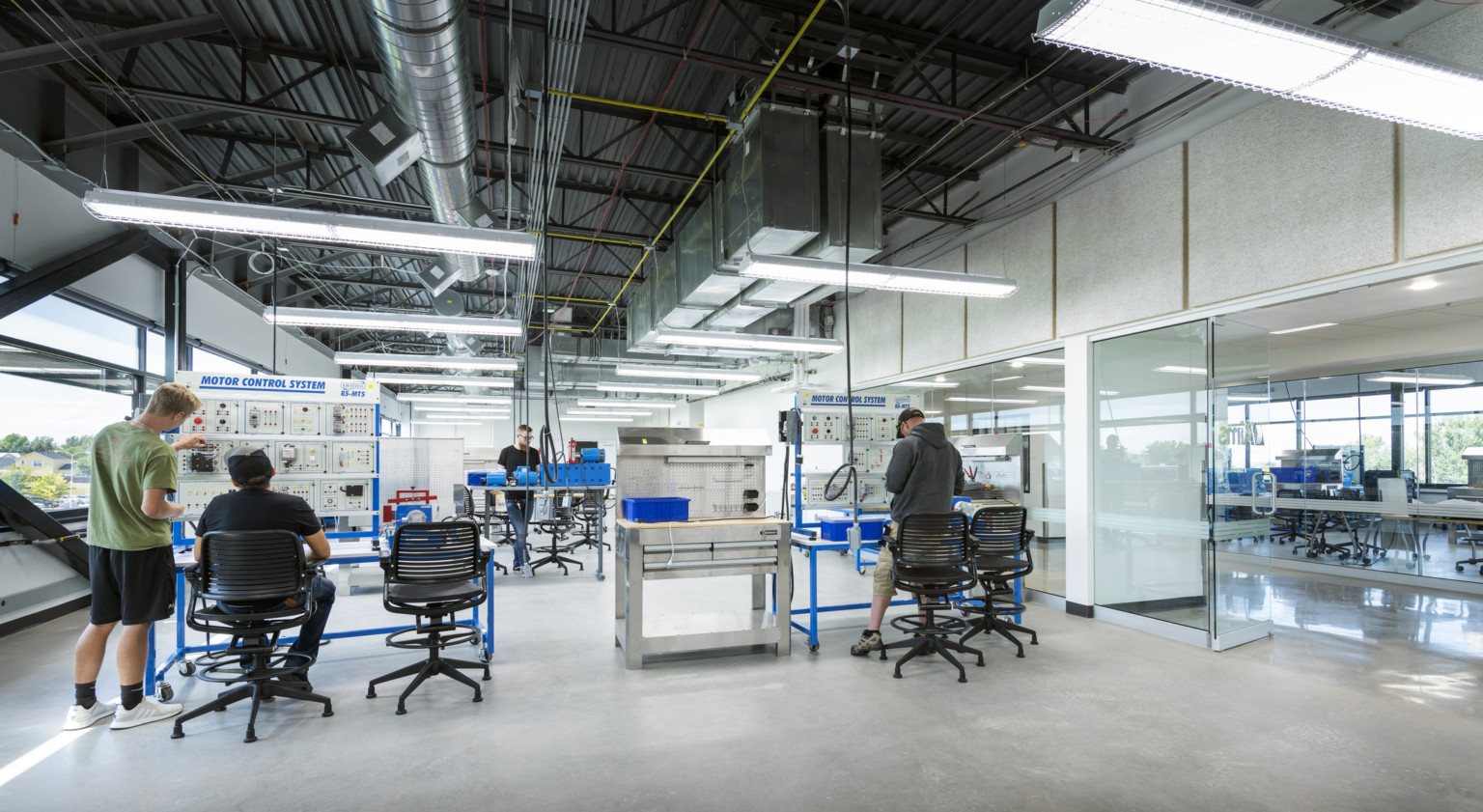
Priorities for Laboratory Environments: Flexibility
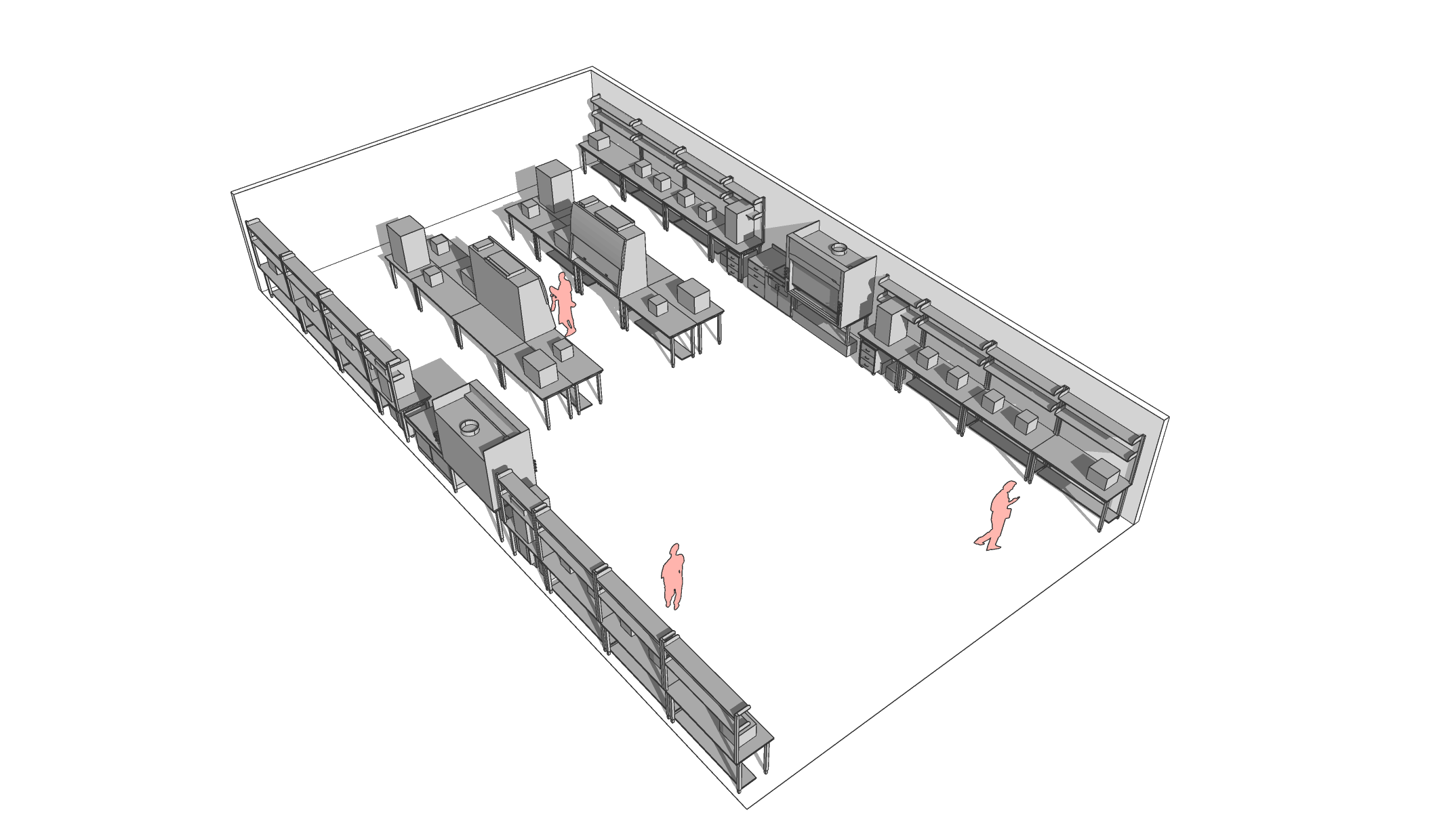
Future-Ready Flexibility
As advancements in science continue to push boundaries, the space where new discoveries are made is more important than ever. Easily adaptable lab environments bring new possibilities to ever-changing research requirements, further elevating the case for flexible design. Future-looking labs that accommodate the latest tech-enabled tools offer researchers the space they need to be nimble and innovative, giving scientific institutions an edge in a highly competitive market.
Investing in Flexibility at Arizona State University
Daniel Olson, a member of the Planning, Design & Construction – Labs team at Arizona State University describes the institution’s approach to flexibility as an investment that pays for itself but can cost 12 to 15% more initially.
“We pay an upfront premium for flexibility, but we recoup those dollars when we renovate our lab spaces,” said Olson. “Because the grant cycle runs between two and five years, we plan to renovate a minimum of every five years. The reality is that renovations oftentimes occur every two or three years.”
One way ASU incorporates flexibility in its lab environments is through mobile casework benches, which offer maneuverability to meet the ever-changing needs of research teams. According to Olson, mobile benches increase efficiency and eliminate obstacles caused by fixed casework during a renovation. Each research staff member is allotted one mobile bench and a mobile cabinet made with the same top material to provide a cohesive second surface for working. The cabinet can be tucked away under the bench when not in use or utilized as extra bench space when necessary.
Olson says the institution thinks beyond benches and casework regarding flexibility. His team anticipates all the systems that support the lab environment – plumbing, electrical, exhaust ventilation, and more. Throughout an entire building, service panels are supplied overhead and arranged on a grid for maximum adaptability, even before an area or space is fully built out and inhabited.
ASU labs are designed on 10-feet-8-inch modules to ensure a full 10 feet of clearance if a renovation requires the addition of thickened walls. This module design allows Olson’s team to plan for a variety of configurations and future needs by identifying current and future tie in points for the mechanical system, as well as plumbing valves and connection points for fume hoods.
Ushering in Flexibility at Georgia Institute of Technology
Laboratory environments at Georgia Tech are being designed with more flexibility than ever before, according to Juan C. Archila, AIA, NCARB, LEED AP, director of facilities and capital planning for the College of Sciences. He’s noticing a desire for mobile casework, moveable furniture, soft seating, and adjustable sit/stand desks that allow for a different way of working, a shift that is being ushered in with a new generation of research faculty and students on the campus.
“The design requests we receive from PIs depend on where they are in their careers. The majority of PIs we work with are early in their careers. They only know one model of working – their current environment,” said Ngugi Mathu, project manager, Infrastructure and Sustainability at Georgia Tech. “We tour labs to look at options such as mobile versus fixed casework, and we help them build flexibility into their environment. In an existing building, that may result in adding doors or connection points with other PIs to eliminate the need for travel outside a lab unit and down a corridor to meet with another researcher.”
Georgia Tech is also implementing research neighborhoods that elevate flexibility beyond simple furnishings to the types of research projects being activated by interdisciplinary teams. The neighborhood design allocates space to graduate students and PIs from various schools and colleges on campus, creating interaction zones where anything is possible. One successful and highly publicized collaboration story between biologist Will Ratcliff and physicist Peter Yunker has led to groundbreaking discoveries further enhancing Georgia Tech as a leading research institution. Archila says the goal for research neighborhoods is to generate more of these types of collaboration efforts.
“Interaction zones are accomplished through operable partition walls or glass walls between break rooms and conference rooms. These are spaces outside an office or cubicle area where people can come together to collaborate, discuss, and approach a research question from different areas of focus,” said Archila.
Researchers also have become more flexible in their daily routines. Before the pandemic, infrastructure renovations and preventative maintenance projects were scheduled around research activities to avoid disruption to the team. However, a new attitude has created more comradery and a can-do spirit for infrastructure projects that improve conditions for everyone in the building.
“PIs would tell us that research is 24/7, but we learned an important lesson from the pandemic. Researchers have realized ways they can keep working without physically being in the lab, and that allows us to implement updates and improvements at any time throughout the year,” says Archila.
Planning for Your Future
As you can see from this example, the institution is making decisions based on what’s best for its students, faculty, staff, and surrounding community. Rather than recommending a one-size-fits-all solution, we’re sharing specific examples related to the three priorities that we believe are critical for future research facility planning efforts. How is your institution addressing resiliency, flexibility, and location? We’d love to hear from you. Let’s learn from each other and start the conversation.
This is one installment in a three-part series exploring resiliency, flexibility, and location in lab planning and design.
